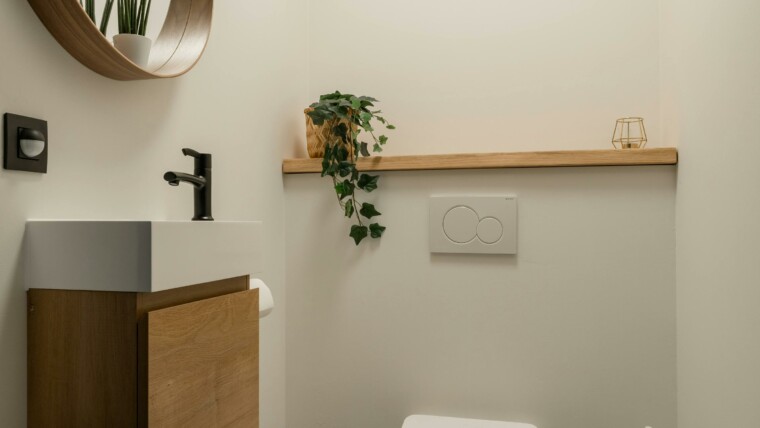Toilet Roll Facts: Exploring the World of Bathroom Tissue
Loo rolls-Toilet rolls, also known as bathroom tissue or toilet paper, are an essential and ubiquitous product found in almost every household and a public restroom. While they may seem like simple items, there are fascinating facts and trivia surrounding toilet rolls. In this blog post, let’s dive into the world of bathroom tissue and explore some intriguing toilet roll facts.
Ancient Origins
Paper used in toilets has been used in various forms throughout history. The earliest recorded use of toilet paper dates back to the 6th century in China, where it was made from soft rice paper. In other parts of the world, people used materials such as water, leaves, stones, and even corn cobs as a substitute for toilet paper.
Perforated Rolls
In 1871, Seth Wheeler, an American inventor, is credited with patenting the first perforated toilet paper roll. Before this invention, toilet paper was sold as flat sheets and required tearing by hand. Wheeler’s innovation made it more convenient and hygienic to use toilet paper by introducing easy tear-off perforations.
Softness and Comfort
Toilet paper has come a long way in terms of softness and comfort. Manufacturers have developed various techniques to make toilet paper softer and more gentle on the skin. These techniques include using higher quality fibres, incorporating lotions or aloe vera for added smoothness, and employing advanced manufacturing processes to create plush and luxurious toilet paper options.
Environmental Impact
Concerns about the environmental impact of toilet paper production have grown in recent years. Traditional toilet paper is typically made from virgin wood pulp, which contributes to deforestation and uses significant amounts of water and energy in the manufacturing process. However, eco-friendly alternatives have emerged, such as recycled toilet paper made from post-consumer waste paper or bamboo-based toilet paper, which is known for its sustainable and renewable qualities.
Cultural Differences
Toilet paper usage and preferences can vary across different cultures and regions. While many countries predominantly use toilet paper, others have alternative practices. For example, ater, water sprays, or handheld water containers are common in many parts of Asia and the Middle East. In some cultures, people still rely on water, leaves, or stones for cleaning after using the toilet
Toilet Paper Shortage
In 2020, the COVID-19 pandemic sparked a global toilet paper shortage. Panic buying and stockpiling of toilet paper led to empty shelves in supermarkets and a surge in demand. The shortage highlighted the essential role toilet paper plays in our daily lives and created a unique and unexpected situation that garnered widespread attention.
Creative Uses
Toilet tissue/paper has inspired creativity beyond its intended use. Throughout history, people have used toilet paper rolls for various crafts and DIY projects. From making decorative ornaments and party favours to creating seed starters for gardening, empty toilet paper rolls have found their way into the world of arts and crafts.
Toilet Paper Trivia
Here are a few quick toilet paper trivia tidbits: – The average person uses approximately 100 rolls of toilet paper per year. – The record for the longest line of toilet paper rolls is over 8.5 miles! – Some luxury hotels feature specially designed, high-end toilet paper known for its softness and embossed patterns.
In conclusion
Toilet paper is a product that holds a significant place in our daily lives. From its ancient origins to its modern innovations, toilet paper continues to evolve and adapt to our needs. Whether it’s considering its environmental impact


